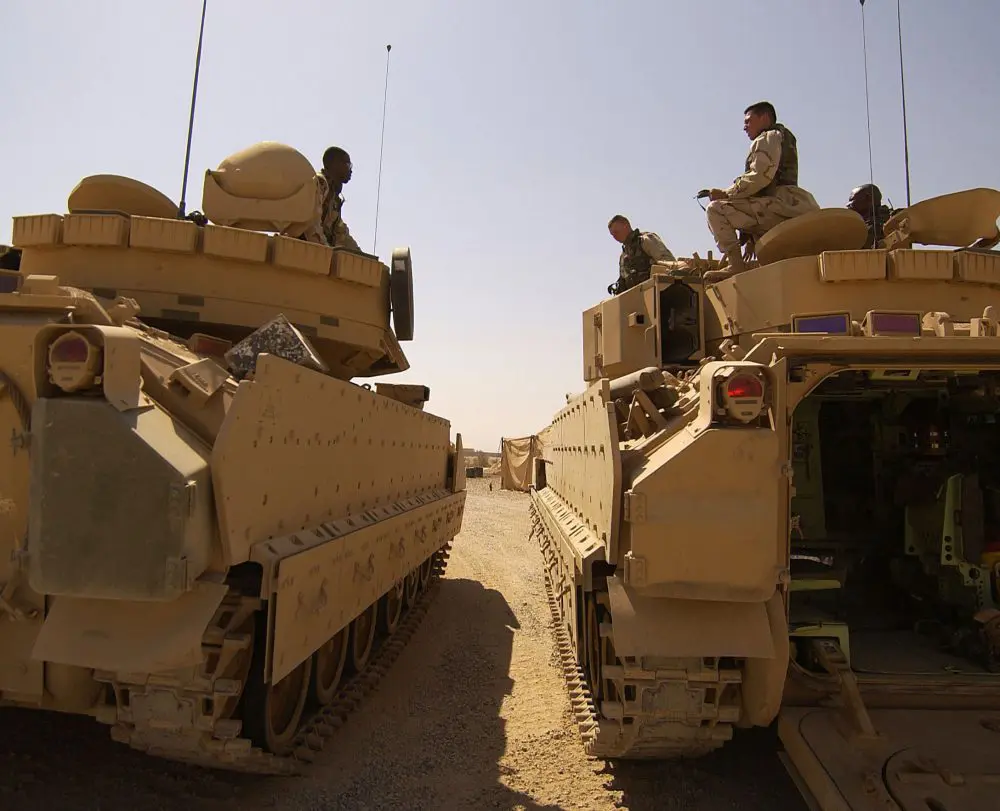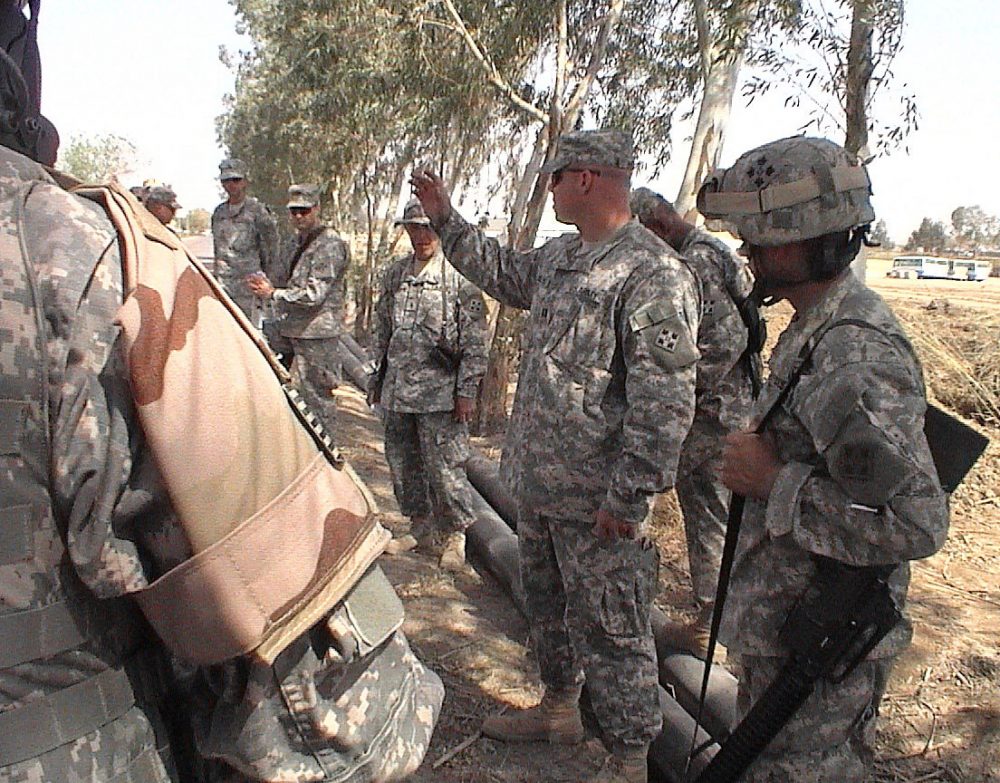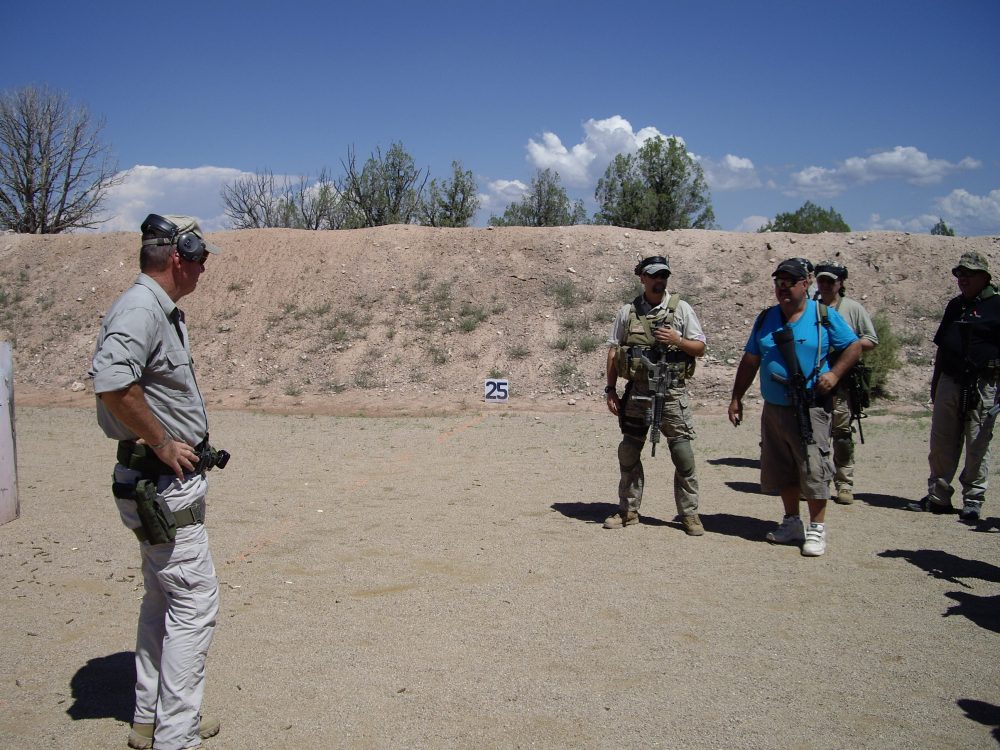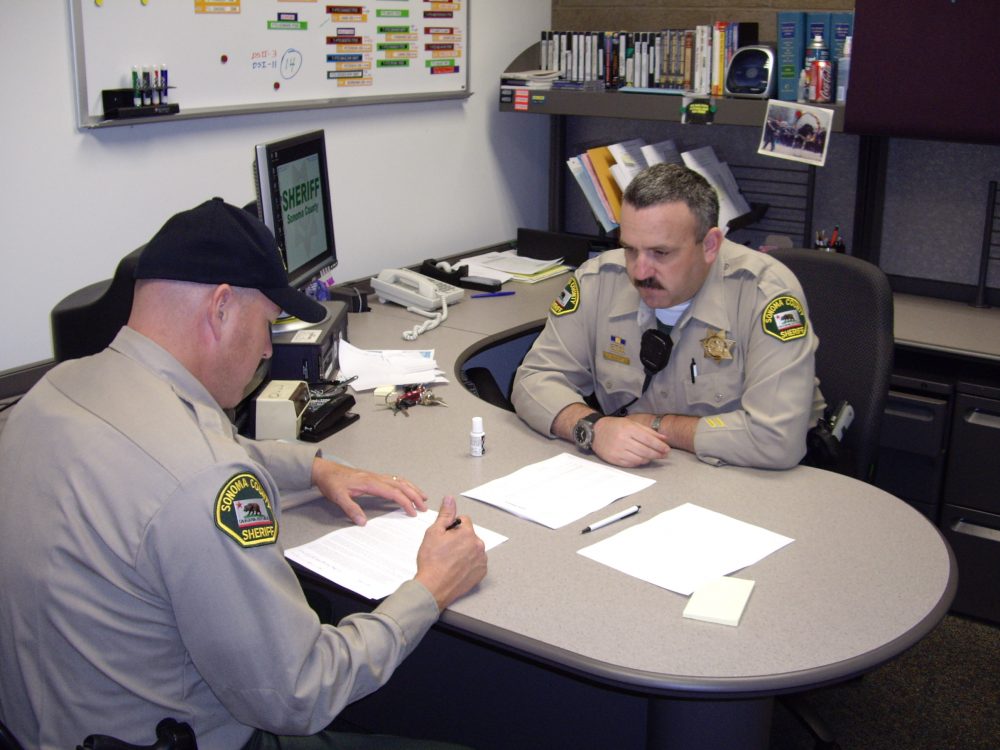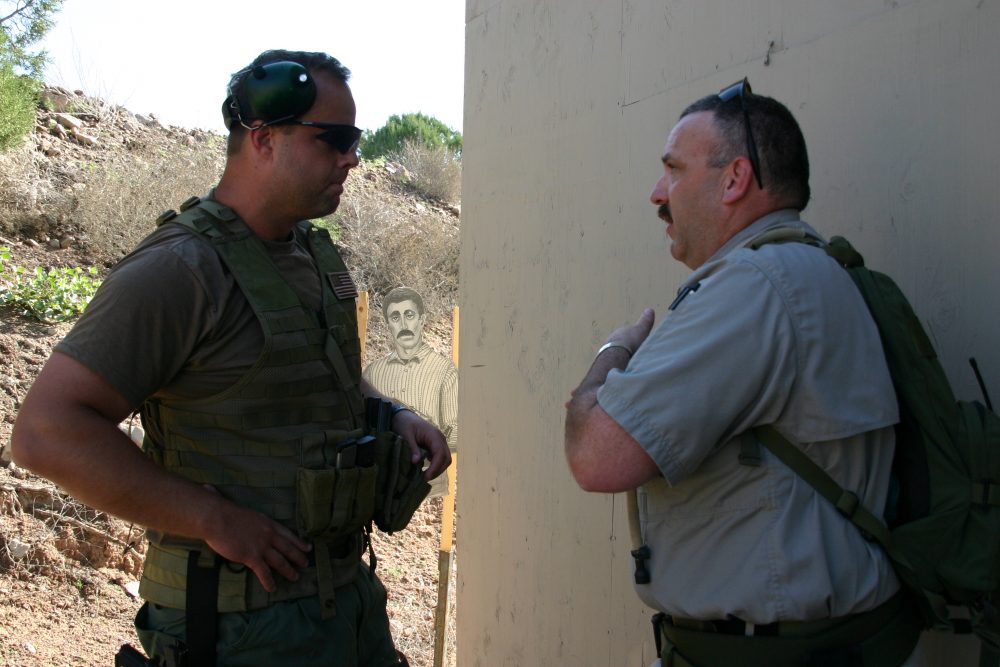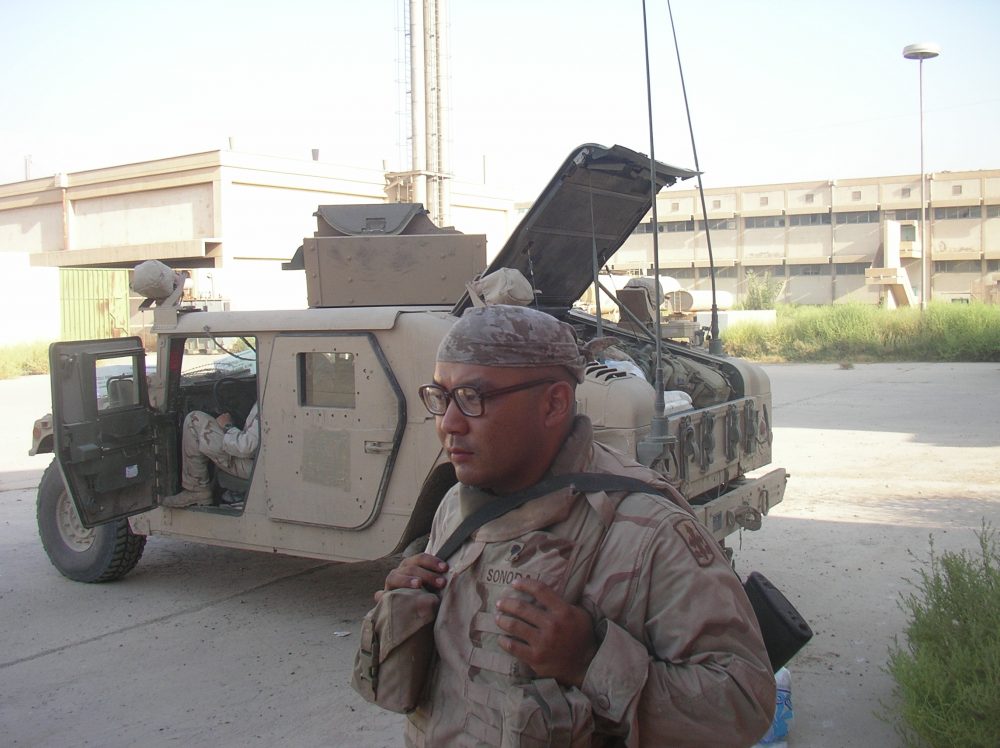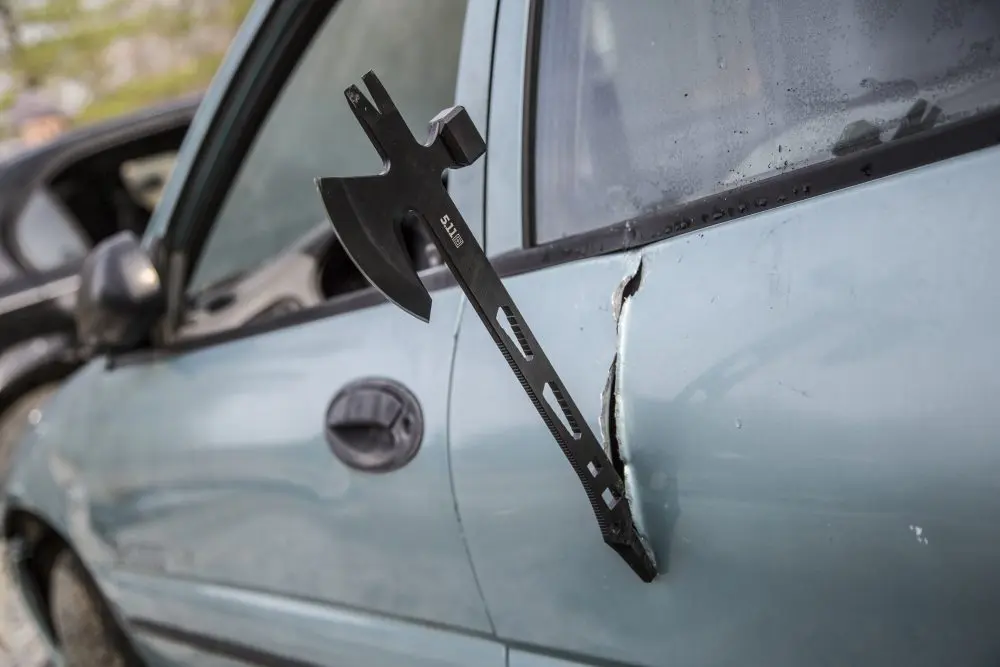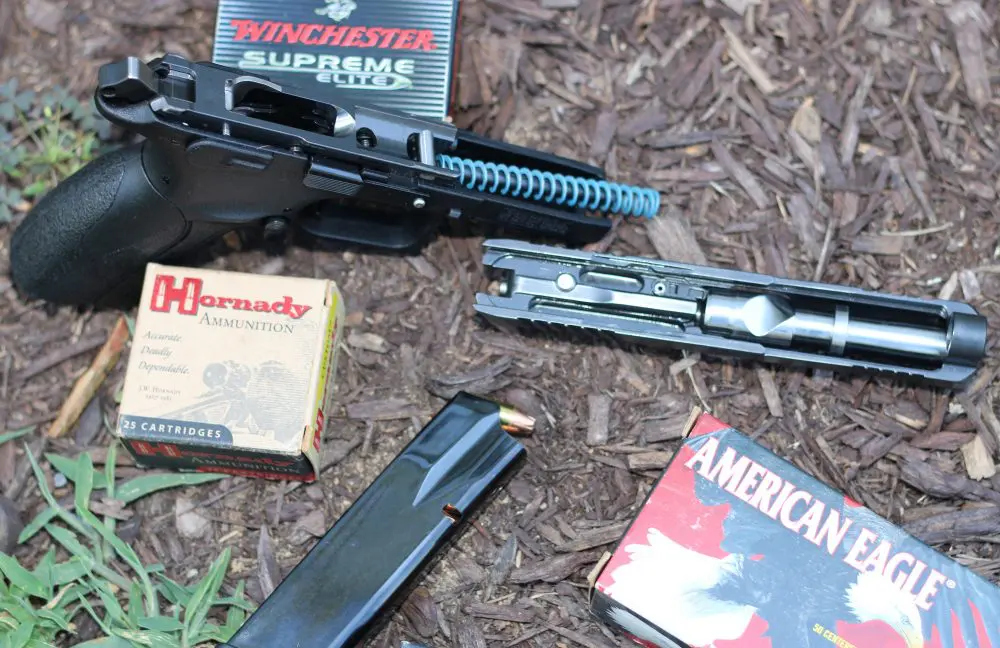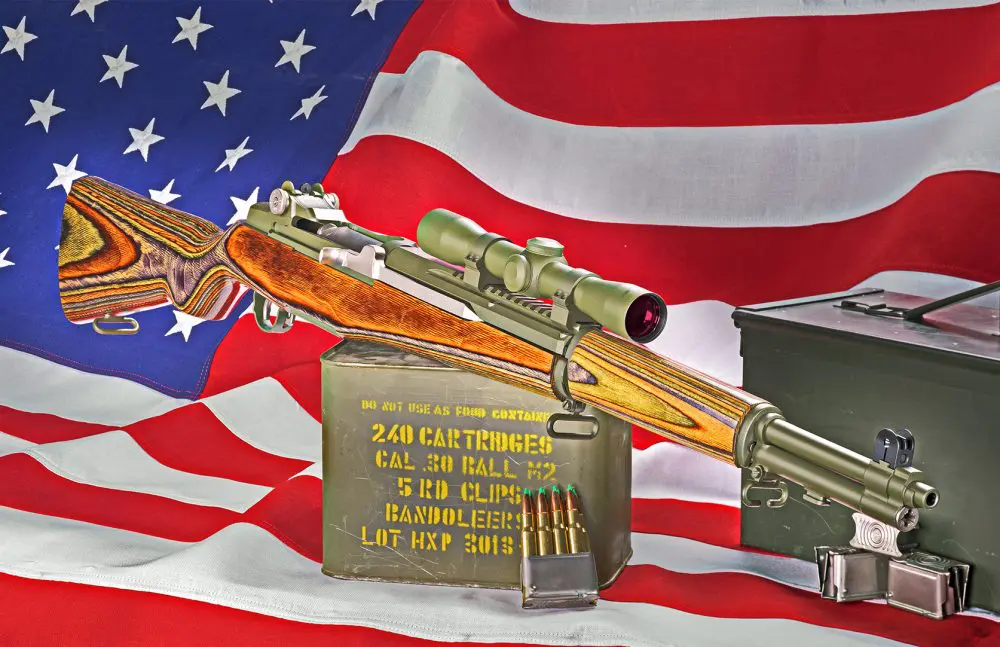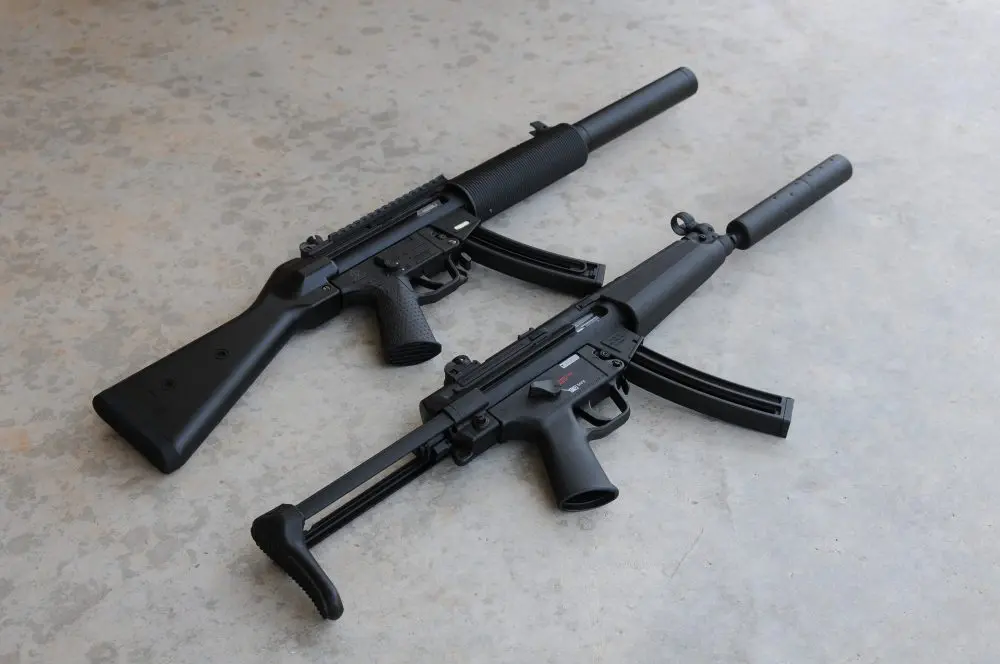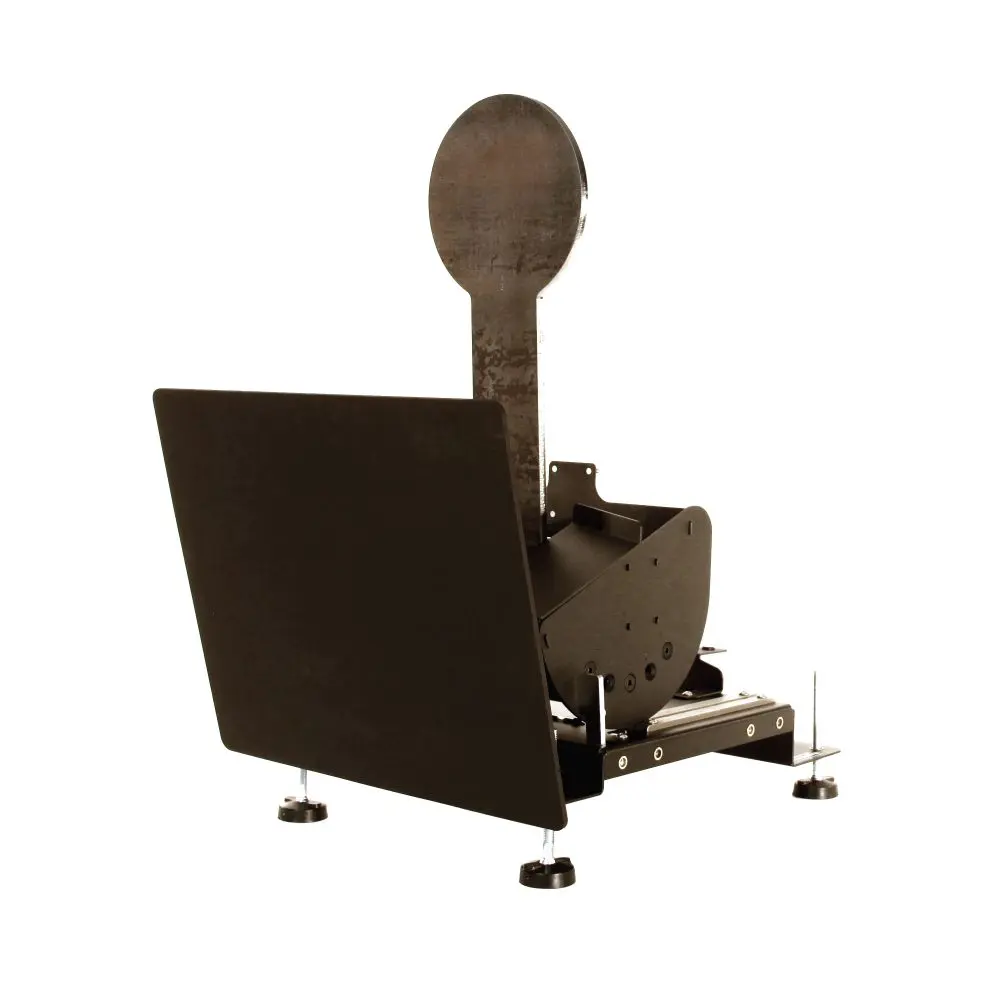Those who cannot remember the past are condemned to repeat it. – George Santayana
Like everything else, the military has a three-letter acronym for it—AAR. Its full title is the After Action Review. In less formal terminology, it is a debrief. While we’ve given it a couple of fancy terms of late, it’s something that’s been going on for years. This has taken place in varying degrees of formality. For those who’ve heard the cop term “choir practice,” you heard someone giving an informal debrief with adult beverages.
Informal AAR: Soldiers from 3rd Infantry Division debrief after mission in their M2A2 Bradley Fighting Vehicles near Baqubah, Iraq. Photo by Suzanne M. Day, courtesy of U.S. Army.
The Army has an eight-step planning process and the Marines have a six-step version. Both of them exist to prepare for and execute a mission or operation. Law enforcement, aside from a few agencies or specialized entities such as SWAT, has not yet codified the planning process to this degree. Most “earth people”* do not have their own formalized planning process either. Individual officers or servicemen, buddy teams, partners or fire teams will have shorter planning processes.
Regardless of the background of those involved or the planning process used, every action, mission or operation should have one common event—a post-mission discussion—by those involved about what went right and what went wrong, what needs to be continued in the future or what needs to be improved.
Formal AAR: Company commander from 4th Infantry Division’s Fire Brigade conducts after-action review with soldiers after their reaction to a roadside bomb during Convoy Training Lanes. Photo by Sgt. 1st Class Jerry Malec, courtesy of U.S. Army.
What is required of this post-mission discussion? Aside from a willingness to learn from one’s mistakes, the key points are:
No thin skin, but no personal attacks. You need to accept that at some point you will have done a tap dance on your body parts with golf shoes. Deal with it. The opposite side to remember is that, while your partner may have made a mistake, it does not necessarily mean he is beyond repair forever and always. The cycle can—and does—repeat.
Honesty. Participants need to be honest about what took place. If you like the kool-aid or believe that the Emperor is sporting some great new clothes, no one will benefit. Worse, someone whose life you are responsible for may die. Try reconciling that one.
Gunsite Rangemaster Ed Stock has Tim Dillon, of Brownell’s Law Enforcement & Military sales division, and Ron Walters explain their run through an extracting from a disabled vehicle drill.
The flow of the debriefing should cover the following points, and doing it in this order is the easiest way:
- Mission or what was supposed to happen?
- What did happen?
- How and why did it happen?
- Sustain (Positives). What went right that we need to keep doing?
- Improve (Negatives): What has to be fixed or should not happen again?
- Positive Suggestions/Direction
There are essentially two types of AARs: formal and informal. An informal debrief is the most common, especially in law enforcement. A bunch of folks, in a give and take setting, offer their thoughts and hear the thoughts, views and ideas of others in return.
Aside from being quite structured, a formal AAR is generally facilitated by someone outside the entity going through the debrief. An example of this would be an Observer-Controller/Trainer. My most in-depth experience with formal debriefs was during our validation rotation through the Joint Readiness Training Center at Fort Polk, Louisiana, prior to our deployment to Iraq. For the military, these formal AARs can take into account the Mission Essential Task List (METL); Tactics, Techniques & Procedures (TTPs); and Standard Operating Procedures (SOP) of the unit in question. The presentation of the formal AAR can include training aids ranging from posters and charts to Power Point presentations with video.
Field training process in law enforcement uses Daily Observation Report as means of evaluating new deputies and officers during their training.
The setting? What setting? AARs can be done anywhere. In my experience, we have done them darn near everywhere I can think of. Generally, the fewer distractions around, the more focused the attention of the participants.
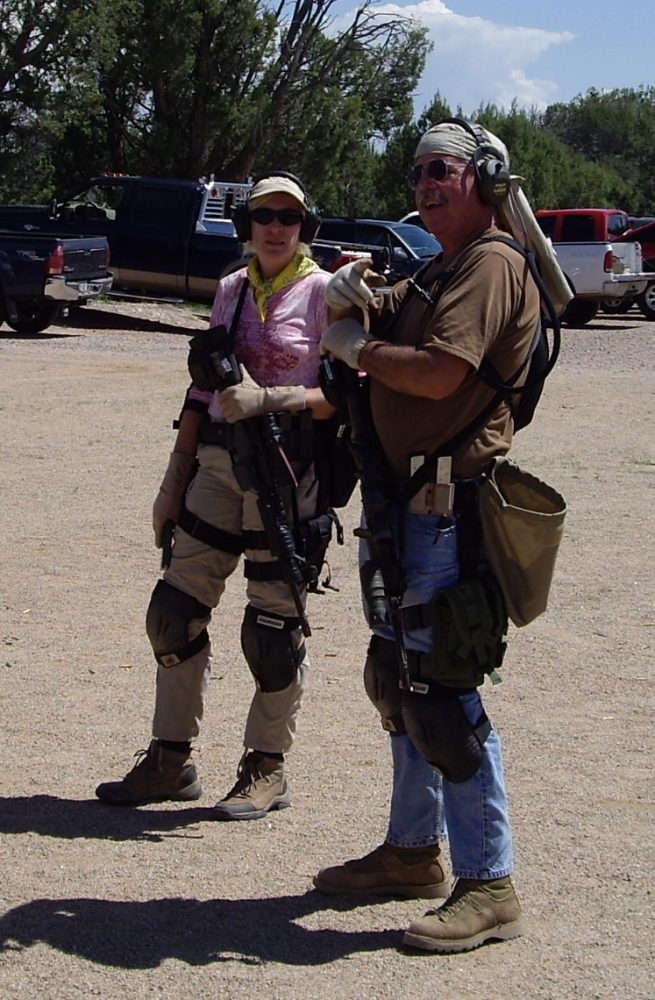
Formal debriefs can take place on the training site or in billets, office space or a dedicated briefing area.
Informal debriefs can take place while sitting in a vehicle, leaning against it while drinking (yet another) cup of bad coffee or over a meal.
Most of the time it doesn’t matter where the debrief is conducted, as long as those involved debrief the incident and it takes place as contemporaneously to the event as possible and with as few distractions as possible.
Whether you’re a law enforcement officer who just made a traffic stop, or an individual who searched your house following that “bump in the night,” debrief it. Debrief the event each time. Think about what you did right and what you could improve on. Use of the flashlight, your positioning, and what you focused on are just some of the areas to ponder.
Team members should debrief each and every operation or mission they conduct, no matter how seemingly minor. One point on either side can be significant down the road.
Leadership can conduct debriefings among themselves. One method is to debrief at the team or squad level before bringing the leadership together as a group. They can cover issues from the troops before addressing concerns specific to their positions or activities.
When conducting an AAR, open-ended and leading questions seem to work the best. “Joe, what was supposed to happen after we arrived at the blocking position?” “Smith, what happened once the ramp dropped?” While negatives will come out, also look for those things that are positive. Success can and should be reinforced so that it continues. Focus on what was right or wrong, rather than who was right or wrong. When problems are identified, solutions need to be forthcoming—either provide them or assign someone to develop them. If an issue arises that shows an SOP should be changed, then that needs to be addressed.
Reviewing student’s performance during training evolution, covering what was done correctly and what should be done differently is another form of after-action review. Here, author reviews student’s run through shoot house.
For those in law enforcement, we have a systematic AAR that goes on constantly, yet it may not be thought of as such. Think about the Field Training program and the (dreaded?) Daily Observation Report. There are 32 specifically identified graded performance areas on my department’s form. The form includes the trainee’s Most Satisfactory Performance, Least Satisfactory Performance and Comments for each day of a 16-week or longer experience. Looks like an AAR to me.
It can also be applied to any other profession with a structured initial training process. As I was proofreading this article the Travel Channel had on a show about very high-end recreational vehicles. It showed the construction team holding a debriefing on the cabinetry in the vehicle they had just finished.
Having been involved in debriefings for many years, a few things combined to suggest this article.
First, after returning from the Middle East, I talked with a former beat partner (I originally wrote ‘‘old’’ but if she saw that, she’d pummel me.). We were discussing her promotional interview for a sergeant’s position at our agency. She said that during the oral board portion, the panel discussed her correct responses to the tactical scenario portion of the process. She believed the reason for her success with the scenario was the informal debriefs done after significant events by the deputies she worked with. This included “hot” calls, building searches, high-risk vehicle stops and assaults on officers/deputies. She was adamant that her knowledge and ability to respond to situational questions presented would not have been what they were, were it not for her co-workers pushing the need for these debriefs.
This article is dedicated to my driver, Michael T. Sonoda, posthumously promoted to Sergeant. Mike was killed by an IED in southern Baghdad on 21 September 2005. I miss you, brother!
Second, I had a chance to read Paul Howe’s book Leadership and Training for the Fight. If you have not yet read it, do so. Howe discusses multiple events that occurred during his tenure in a national special mission unit. After describing each incident, he lists everything that occurred during it, breaking things down into the Sustain (continue to do) and Improve (work on) categories. This is followed by his discussing a series of relevant learning points. A second edition is now in print.
Third, LAPD Captain Greg Meyer (Ret.) writes an on-line column on a law enforcement website. One of his columns strongly suggested that officers involved in a significant incident debrief it—for tactical reasons—after its conclusion.
Finally, my own experiences with debriefs over the years. For me, a tremendous amount of information has sunk in over time after hearing what went right, what went wrong, what should be done again and what should not be done again.
For those in the U.S. Military, there are several publications and writings on the After Action Review process available via the Army’s Center for Army Lessons Learned.
History is a phenomenal teacher. The more I read about the history of human conflict, the more I understand that we need to learn from those who preceded us. By reviewing what you’ve done, both successfully and unsuccessfully, you will be more likely to succeed the next time the fecal matter strikes that oscillating device pointed in your direction.
*The term “earth people” was coined, to the best of my knowledge, by Chris Dwiggins. Chris left us a few Christmas Eves ago and his departure was entirely too soon. After retiring from one of our Nation’s special mission units as a Master Sergeant, Chris worked as a Combat Search and Rescue Medic in South America. He later took a position at Gunsite, where he became one of my mentors. Chris’ untimely passing diminished all of us.
SOURCE:
Leadership And Training For The Fight
www.combatshootingandtactics.com
